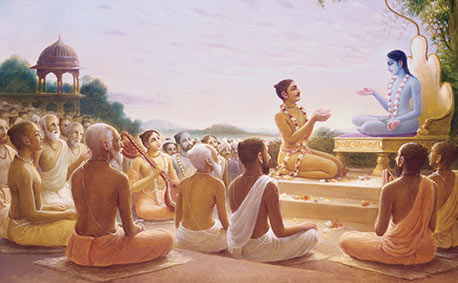Yoga through Time: Tracing the Roots, Traditions, and Transformations
Yoga is not merely a physical practice; it is a rich tapestry woven with the threads of ancient wisdom, diverse traditions, and profound philosophies. In this exploration of yoga philosophy and history, we embark on a journey to uncover the roots of yoga, understand its cultural significance, explore diverse traditions and philosophies, and connect modern practices with the historical and cultural contexts that have shaped this timeless art.
The Ancient Roots of Yoga
1. Vedic Origins: Yoga’s origins trace back to the Vedic period in ancient India, around 1500 BCE. The earliest written records of yogic teachings are found in the Vedas, the sacred texts of Hinduism. Initially, yoga was a spiritual discipline aimed at connecting individuals with the divine through rituals, meditation, and ethical living.
2. Classical Period and the Yoga Sutras: The classical period, around 500 BCE to 800 CE, saw the codification of yogic philosophy in the form of Patanjali’s Yoga Sutras. These concise aphorisms outlined the Eight Limbs of Yoga, providing a systematic guide for spiritual growth and self-realization. The Yoga Sutras laid the foundation for various yoga paths, including Raja Yoga, the path of meditation.
Cultural Significance of Yoga
1. Yoga as a Lifestyle: Yoga has been deeply intertwined with the cultural fabric of India for centuries. It extends beyond a physical or spiritual practice; it is a way of life. One can explore the cultural significance of yoga in Indian society, from its presence in religious ceremonies to its influence on art, literature, and philosophy.
2. Global Spread and Adaptations: As yoga journeyed beyond India’s borders, it underwent adaptations influenced by various cultures. With a bit of research, you can explore how yoga evolved in different regions, from the integration of Buddhism in Tibet to the fusion with Taoism in China. While outside the scope of this post, you could investigate the role of key figures in introducing yoga to the West and its subsequent global popularity.

Diverse Yoga Traditions and Philosophies
1. Hatha Yoga – Balancing Opposites: Hatha Yoga emerged in the medieval period as a physical practice designed to balance the body and mind. It emphasizes asanas (postures) and pranayama (breath control) to prepare the body for meditation. One can explore the significance of balancing opposing forces, such as sun and moon, in Hatha Yoga.
2. Bhakti Yoga – The Path of Devotion: Bhakti Yoga centers around devotion to a higher power. Dive into the emotional and devotional aspects of this path, exploring how love and surrender lead to spiritual realization. You could also explore the role of mantra chanting and devotional practices in Bhakti Yoga.
Connecting Modern Practices with Historical Contexts
1. Evolution of Asana Practices: Modern yoga classes often focus on physical postures, known as asanas. These practices with their historical roots, especially the asanas were initially designed to prepare the body for long periods of meditation and spiritual exploration.
2. Mindfulness and Raja Yoga: You can also explore the connection between modern mindfulness practices and Raja Yoga. Principles outlined in the Yoga Sutras, such as concentration and meditation, are integral components of contemporary mindfulness programs.
In the vast expanse of yoga’s history and philosophy, we find a timeless journey of self-discovery and spiritual exploration. By understanding the roots, traditions, and cultural significance of yoga, we gain a deeper appreciation for the transformative power that continues to resonate through modern practices. As you step onto your mat, remember that you are part of a legacy that spans centuries—a legacy that transcends borders, cultures, and time.

Recent Comments